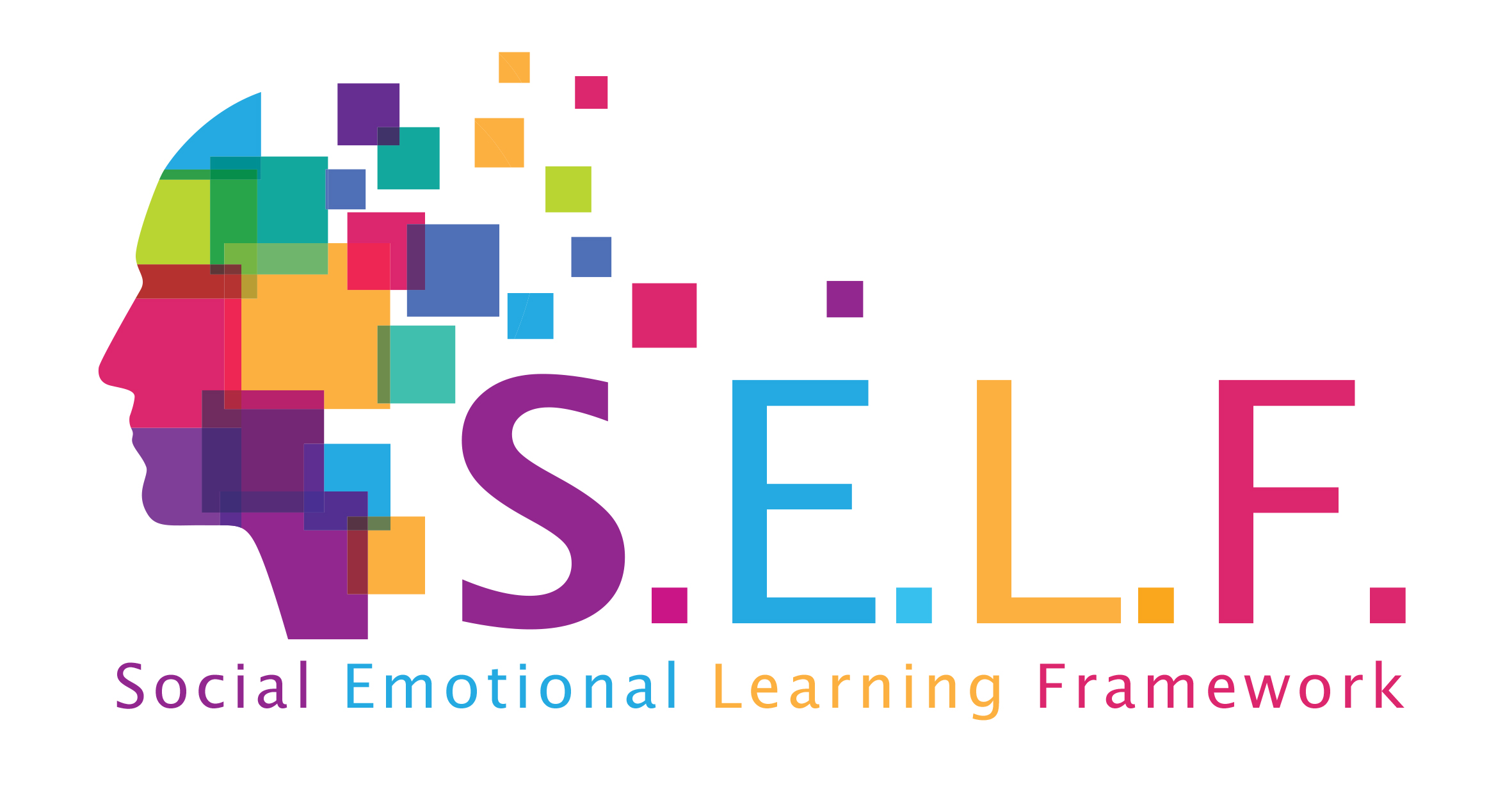Media Literacy and Hate Speech in Media
Practice: Students are divided into groups. An i-book prepared about the meaning and basic principles of media literacy is shared. Groups open the i-book on their iPads. First, the reliability of the information in the media is discussed and evaluated. Then, stereotypes in the media are discussed and examples are given. Groups are shown examples from sample commercials, movies, and printed materials such as magazines and newspapers that illustrate stereotypes in the media. Groups are asked to find the stereotypes in the examples shown to them. These stereotypes include sexist, racist and discriminatory discourse. Groups that notice such stereotypes are asked to produce an alternative discourse to defy these biases. The groups attempt to transform the materials they have into an alternative discourse, which is non-sexist, non-racist, egalitarian and libertarian, respecting human rights. The alternative discourse criteria created by the Hrant Dink Foundation are used as a basis. At the end of the activity, each group designs a slogan and poster to raise public awareness against sexist and racist discourse in the media. Group posters and slogans are evaluated and shared in the classroom.
When To Use?
7th Grade, Unit: “Communication and Human Relations”
Age Level
13-14 (Middle School 7th Grade)
Duration
120 mins (3 courses)
Materials
Course material (i-book), media contents (advertisements, movies, TV, newspapers and magazines), Hrant Dink Foundation’s “Media Watch on Hate Speech” Criteria
Related Social-Emotional Learning Areas / Contribution to Prosocial Learning
Through this activity, students notice the stereotypes in the media and learn to look critically at the sexist and racist discourse, and thus the language in society. As a result of this awareness, they develop a non-racist, non-sexist and non-discriminatory, integrative alternative discourse appropriate for social sensitivity. They place this awareness into practice with the slogans and posters they prepare to transform the society.
Purpose
To enable students to question the reliability of the information in media, notice the sexist and racist discourse in the media, and produce alternative discourse to defy it.
